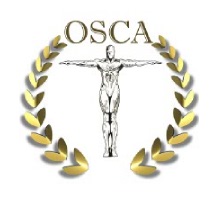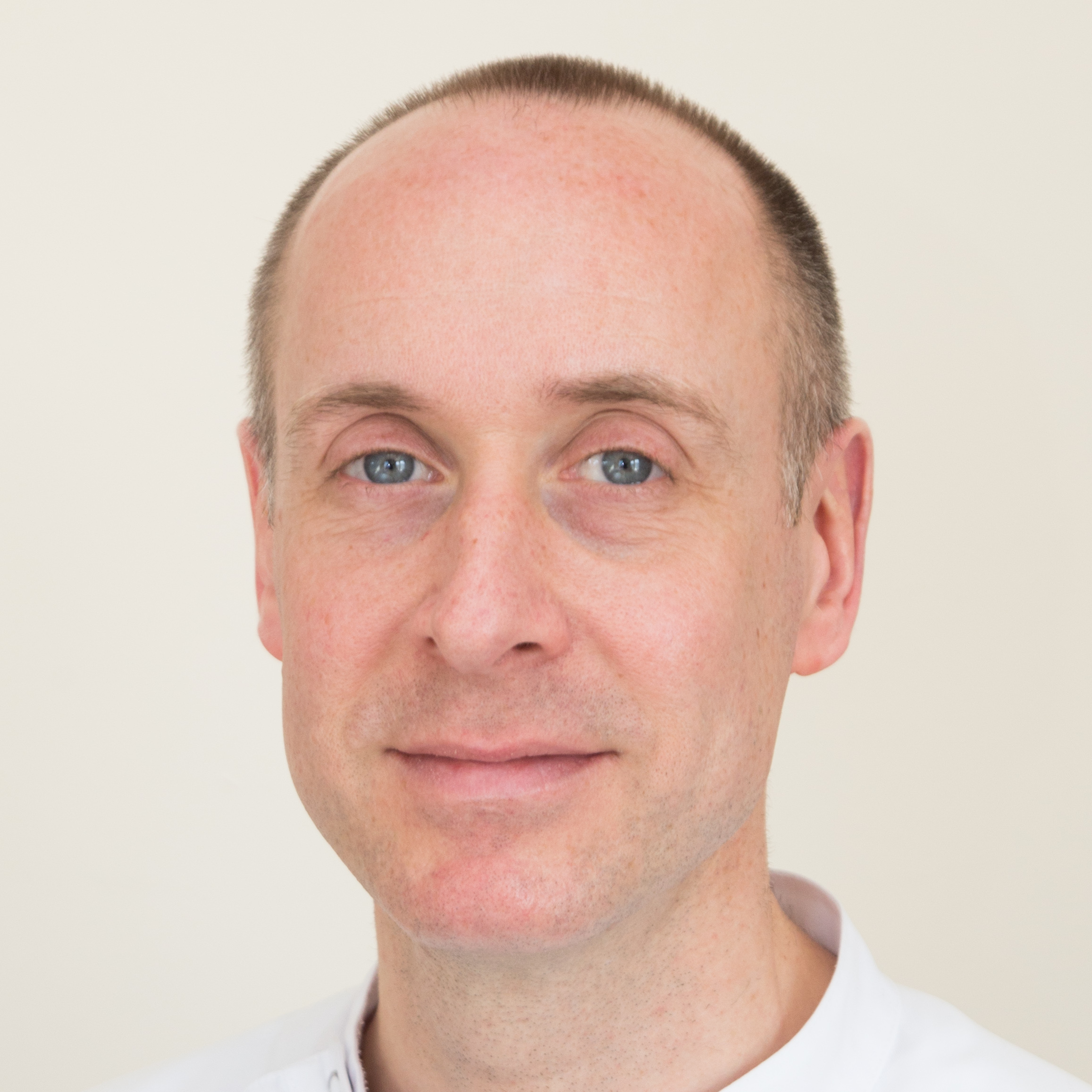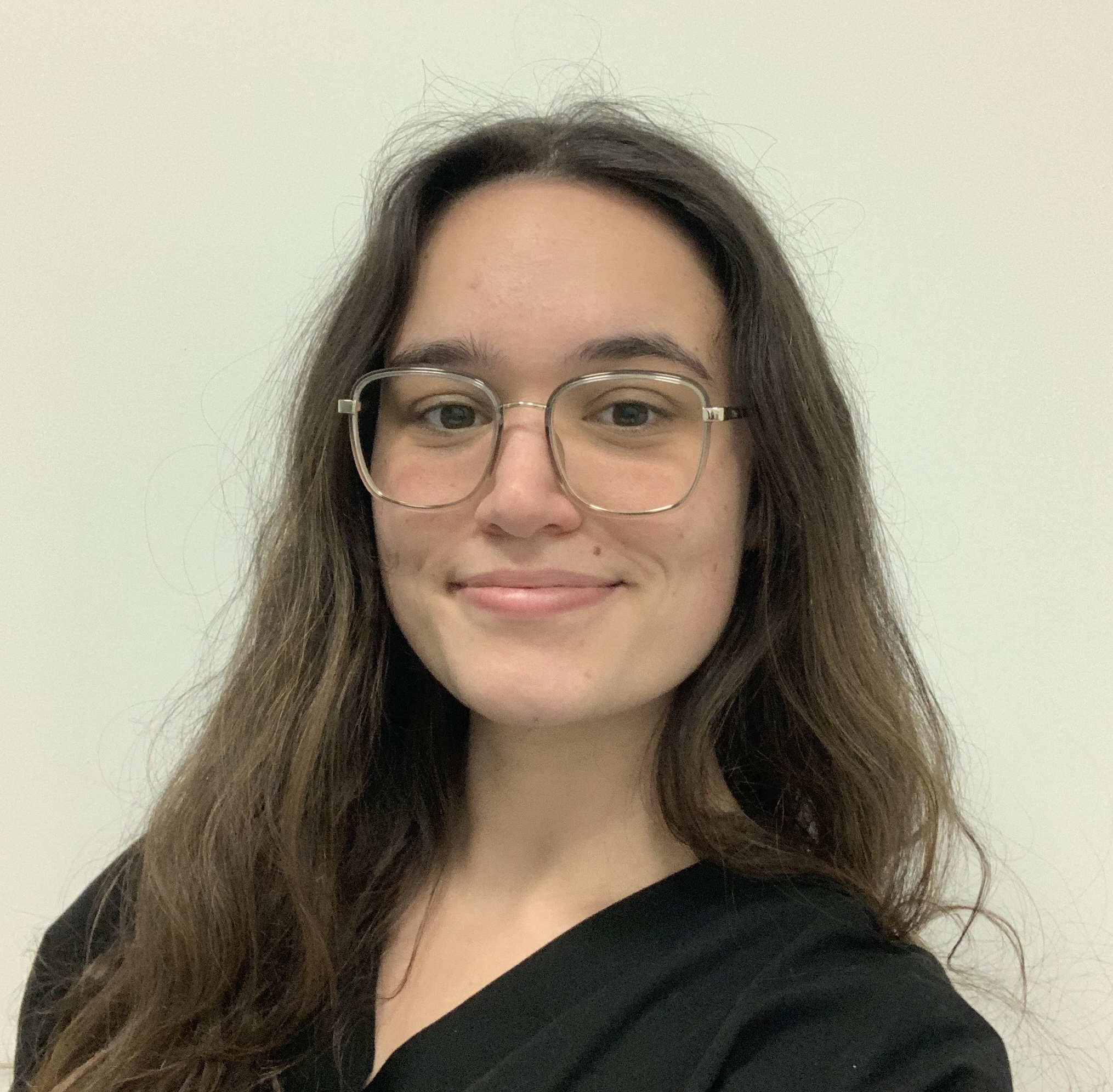| Clinic Hours |
|
|
Prices Osteopathy and Cranial Osteopathy Click here for Nick's Prices Osteopathy Click here for Maud's Prices |
|
Osteopathy
Our Osteopaths
What is osteopathy?
Osteopathy is a medical treatment discipline focused on improving the structural balance of the body as a whole, particularly the spine, muscles and joints.
Osteopaths have a holistic appreciation of how the body works and recognise that the body has a strong ability to heal itself. Often the osteopath’s approach is to treat and take away the mechanical factors that are stopping the process of self-healing taking place. This not only helps address injuries as they present to the osteopath in practice, but will usually reduce the chance of them returning in future.
Osteopathic treatment is non-invasive and does not use drugs. Osteopaths use muscle stretching, joint articulation and manipulation, and where appropriate the gentle practice of cranial osteopathy. Exercises are usually given, as is guidance on posture and other changes a patient can make to their lifestyle to help prevent future problems.
What kinds of problems can osteopathy help with?
- Back and neck pain - This can vary in intensity from dull aches to highly acute and locking pains. It may have associated arm or leg pain or changes in sensation. It is very broadly occurring, affecting males and females of all ages. It can be caused by time at a computer, driving, manual work, it can be due to postural problems, stress or traumas such as falls or road accidents.
- Sports Injuries - Most sports involve intense bursts of activity including combinations of movements or changes of direction. They may result in impacts or lots of repetition and this increases the risk of injury. Osteopathy can often treat these injuries and improve mechanical function which can reduce the chance of injury elsewhere and potentially improve performance.
- The postural changes of pregnancy Both during pregnancy and the period after giving birth are times when tremendous mechanical loads and changes are placed upon a woman's body. Osteopathy can help cope with and adapt to these changes as well as treat pelvic, neck, shoulder, back and leg symptoms as they arise.
- Shoulder problems - These may be due to sports injuries or computer use, or they may be related to ageing.
- Hip and knee injuries - Osteopathy is commonly used to treat patients with sports injuries affecting these joints such as patellofemoral pain or runners knee, and the elderly suffering with problems associated with degenerative change.
- The pain of arthritis - Osteoarthritis, or wear and tear of joints, is due to long term usage and cannot be reversed. However, osteopaths can help minimise the pain and maximise function of the affected area which can significantly improve the quality of life of the sufferer. This is particularly beneficial to hips, knees, shoulders and the spine.
Many conditions can be treated or relieved by osteopathy. Some specific examples are:
- Pregnancy
- Runner's Knee
Nick Vine (Registered Osteopath) will be happy to advise as to wether he could help you with your own particular problem.
Informed Consent and Risk of Adverse Reactions Associated With Osteopathic Treatment.
In line with advice from the General Osteopathic Council (GOsC), the governing body of the osteopathic profession, it is the policy of the Burton Road Clinic to enable patients to make informed decisions about their treatment and their consent to it. This entails making sure a clear explanation of the diagnosis and what treatment will involve is always given to each patient. It also includes outlining adverse reactions to treatments that may occur, and what the risk is of this happening.
Adverse reactions to treatment are possible with any effective medical procedure. When associated with osteopathy they are usually mild, such as a temporary increase in symptoms or muscle soreness. Whilst most patients do not suffer with this, it is not uncommon and in the majority of cases will resolve within 24 hours (Carnes et al 2010), possibly lasting up to 72 hours.
The more serious treatment reactions such as vascular damage and major neurological incapacity are very rare. The procedure most commonly queried is cervical (neck) manipulation in relation to strokes and injury to blood vessels. Research shows that the risk of stroke or damage to blood vessels following cervical manipulation is between 1 in 120,000 and 1 in 1.6 million. The risk of lumbar disc damage following manipulation is approximately 1 in 38,000 (Carnes et al 2010). To put this in perspective the risk to the general population of the UK of a stroke for any other reason is 1 in 1000 (Carnes et al 2010), and the risk of potentially fatal bleeds from the use of NSAID drugs such as Diclofenac or Ibuprofen is as high as 1 in 4000 (Dabbs & Lauretti 1995) yet these are prescribed and bought over the counter every day.
Whilst these levels of risk are extremely small, here at the Burton Road Clinic we appreciate how serious these events are no matter how unlikely they may be, and we take patient safety very seriously. This is one of many reasons why patients should always ensure that their treatment is performed by practitioners comprehensively trained in their field.
If you have any concerns about reactions following treatment, or would like to discuss the risk further, or if you would like any clarification of your diagnosis or treatment please feel free to consult your osteopath.
Carnes, D., Mars, T., Mullinger, B., Froud, R., Underwood, M.(2010). Adverse Reactions in Manual Therapy: A Systematic Review. Manual Therapy. 15, 355-363.
Dabbs, V., Lauretti, W.J.(1995). A Risk Assessment of Cervical Manipulation vs. NSAIDS for the Treatment of Neck Pain. Journal of Manipulative and Physiological Therapeutics. 18(8):530-536.
What can I expect when I visit an osteopath?
When you visit an osteopath for the first time a full case history will be taken and you will be given an examination. You will normally be asked to remove some of your clothing and to perform a simple series of movements. The osteopath will then use a highly developed sense of touch, called palpation, to identify any points of weakness or excessive strain throughout the body.The osteopath may need additional investigations such as x-ray or blood tests. This will allow a full diagnosis and suitable treatment plan to be developed for you.
How many treatments will I need?
Osteopathy is patient centred, which means treatment is geared to you as an individual. Nick should be able to give you an indication after your first visit. For some acute pain one or two treatments may be all that is necessary. Chronic conditions may need ongoing maintenance. An average is 6 to 8 sessions.
Do I need a referral from my GP?
A formal referral from your GP is not necessary, the majority of osteopathic patients self-refer. If you'd like to get treatment paid for by a private health scheme contact your insurer first.
How does osteopathy work?
Osteopaths work with their hands using a wide variety of treatment techniques. These may include soft tissue techniques, rhythmic passive joint mobilisation or the high velocity thrust techniques designed to improve mobility and the range of movement of a joint. Gentle release techniques are widely used, particularly when treating children or elderly patients. This allows the body to return to efficient normal function.
How can I be sure I am in safe hands when visiting an osteopath?
A Registered Osteopath has demonstrated to the General Osteopathic Council via a detailed application process that they are a safe and competent practitioner, that they have adequate malpractice insurance and have agreed to abide by a Code of Practice.
Can I have osteopathy on my private medical insurance?
Many private health insurance schemes give benefit for osteopathic treatment. Some companies will reimburse the total fee or pay a percentage of the costs. Contact the helpline of your insurance company who will explain the actual benefits and methods of claim for your individual policy.




 Nick Vine
Nick Vine
 Maud Proust
Maud Proust
